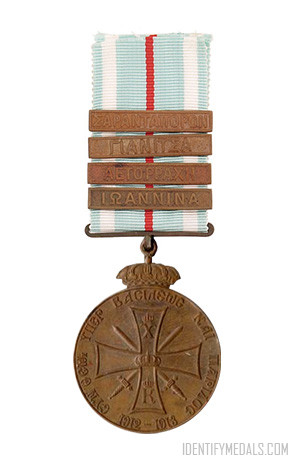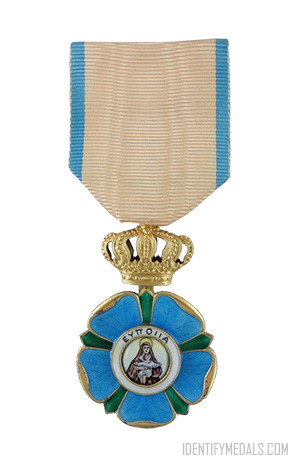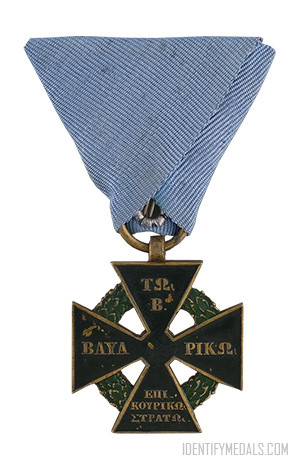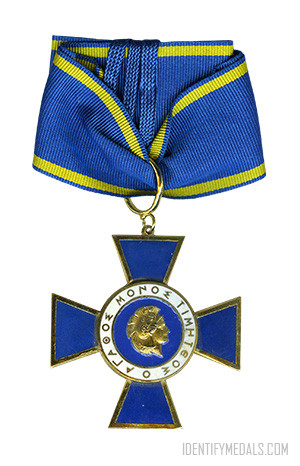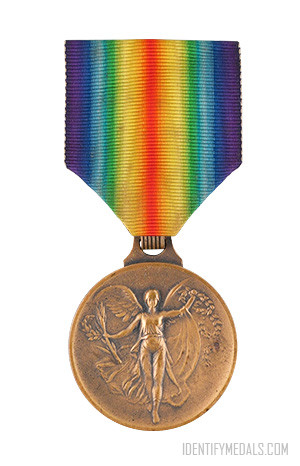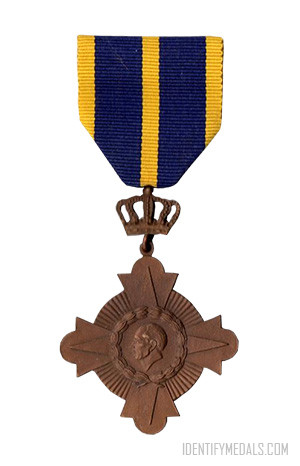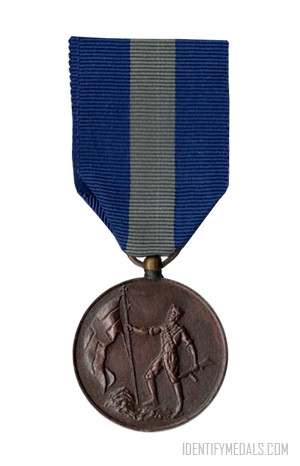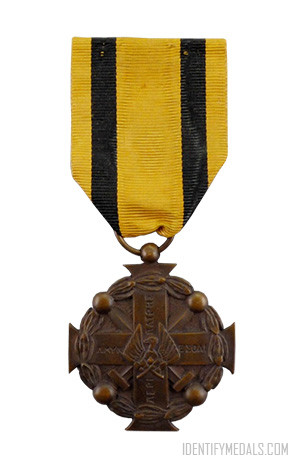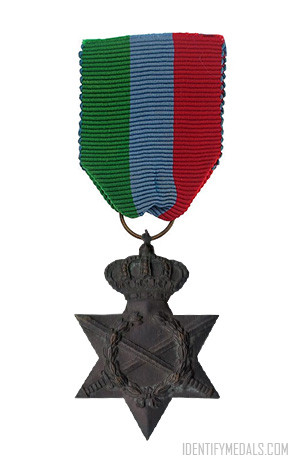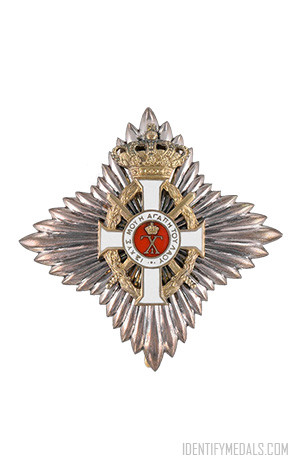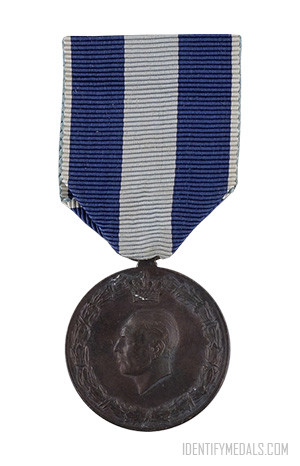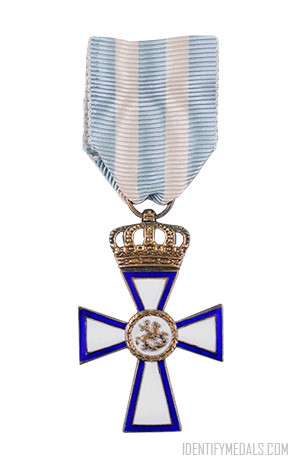The Order of the Redeemer (or Τάγμα του Σωτήρος, Tágma tou Sotíros), also known as the Order of the Saviour, is an order of merit of Greece and the oldest and highest decoration awarded by the modern Greek state.
According to the original decree, the Order was to be awarded to those Greek citizens who partook in the War of Independence, or “who should distinguish themselves henceforth in any branch of public service, in the army and navy, in the diplomatic and judicial corps, in public administration, in the arts, science, agriculture and industry, commerce, or should distinguish themselves in any other social field through outstanding civic virtue, and through illustrious services to the Throne, for the Glory of the Hellenic name and for the welfare of the fatherland”, while foreigners were admitted either for past services to Greece, or due to their ability “to bring honour to the Order, through their outstanding personal virtues and excellence“.
The Order was established by the Fourth National Assembly at Argos in 1829, during the final year of the Greek War of Independence. The decision was not immediately implemented, however, and the relevant decree was signed on May 20, 1833. According to the decree of the establishment, the name of the Order “shall recall the, by divine assistance miraculously and fortuitously accomplished, the salvation of Greece“.
The Order of the Redeemer has five classes:
 Grand Cross (‘Μεγαλόσταυρος’) – wears the badge of the Order on a sash on the right shoulder, and the star of the Order on the left chest;
Grand Cross (‘Μεγαλόσταυρος’) – wears the badge of the Order on a sash on the right shoulder, and the star of the Order on the left chest; Grand Commander (‘Ανώτερος Ταξιάρχης’) – wears the badge of the Order on a necklet, and the star of the Order on the left chest;
Grand Commander (‘Ανώτερος Ταξιάρχης’) – wears the badge of the Order on a necklet, and the star of the Order on the left chest; Commander (‘Ταξιάρχης’) – wears the badge of the Order on a necklet;
Commander (‘Ταξιάρχης’) – wears the badge of the Order on a necklet; Gold Cross (‘Χρυσούς Σταυρός’) – wears the badge on a ribbon on the left chest;
Gold Cross (‘Χρυσούς Σταυρός’) – wears the badge on a ribbon on the left chest; Silver Cross (‘Αργυρούς Σταυρός’) – wears the badge on a ribbon on the left chest.
Silver Cross (‘Αργυρούς Σταυρός’) – wears the badge on a ribbon on the left chest.
The Order of the Redeemer Medal Design
The form of the various insignias has been altered a number of times since the establishment of the order, the most obvious change being the removal of the crown during the periods of Republican rule.
The original decree of 1833 described the badge of the Order as consisting of a white enamelled Maltese cross (silver for the Silver Cross, gold for the higher grades), surmounted by a crown, set on a green enamelled wreath, one half of which is an oak branch and the other half a laurel branch.
The obverse featured a white cross on a blue background (the coat of arms of Greece) with Otto’s Bavarian arms in an inescutcheon in the centre, surrounded by this inscription on an outer ring: Η ΔΕΞΙΑ ΣΟΥ ΧΕΙΡ, ΚΥΡΙΕ, ΔΕΔΟΞΑΣΤΑΙ ΕΝ ΙΣΧΥΙ (“Thy right hand, O Lord, is become glorious in power”, Exodus, 15:6). The reverse featured a portrait of Otto with the circular inscription: ΟΘΩΝ, ΒΑΣΙΛΕΥΣ ΤΗΣ ΕΛΛΑΔΟΣ (“Otto, King of Greece”).
After Otto’s deposition in 1863, his portrait was removed and substituted by an icon of Jesus, the Redeemer of Orthodox Christian soteriology.


